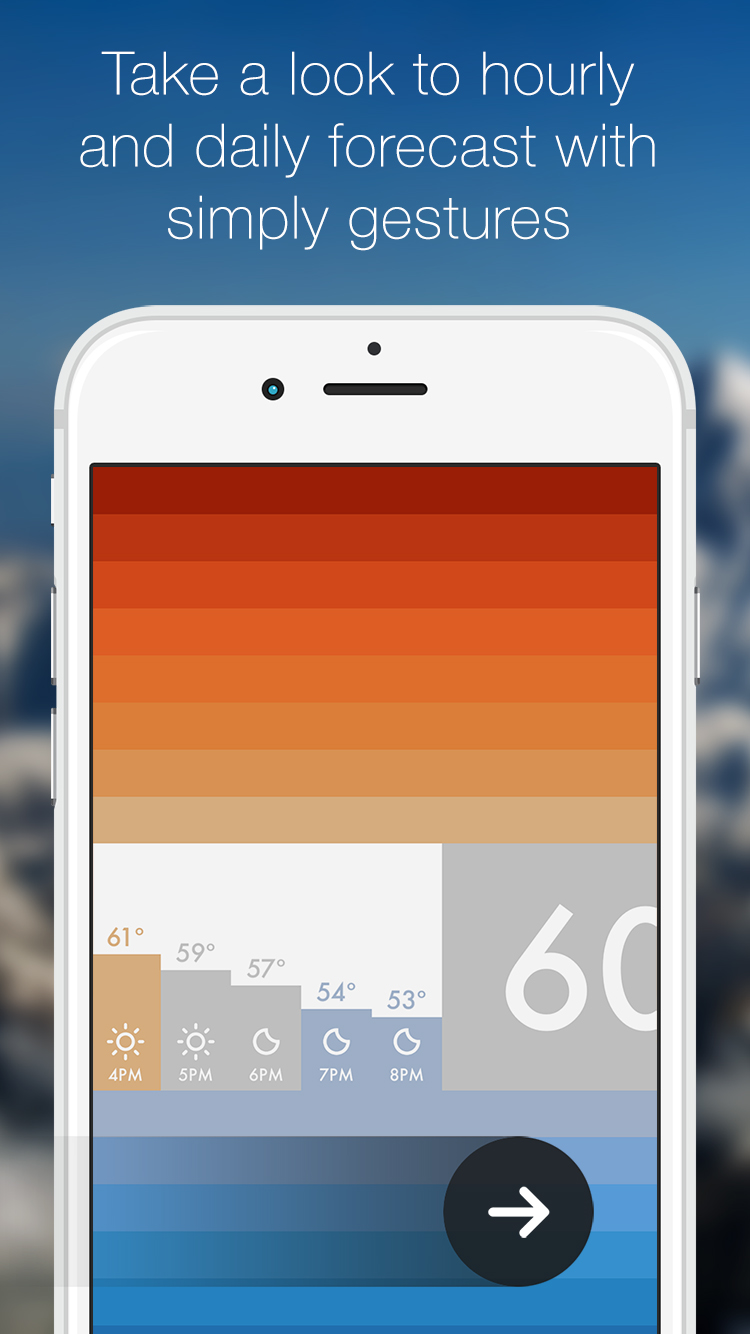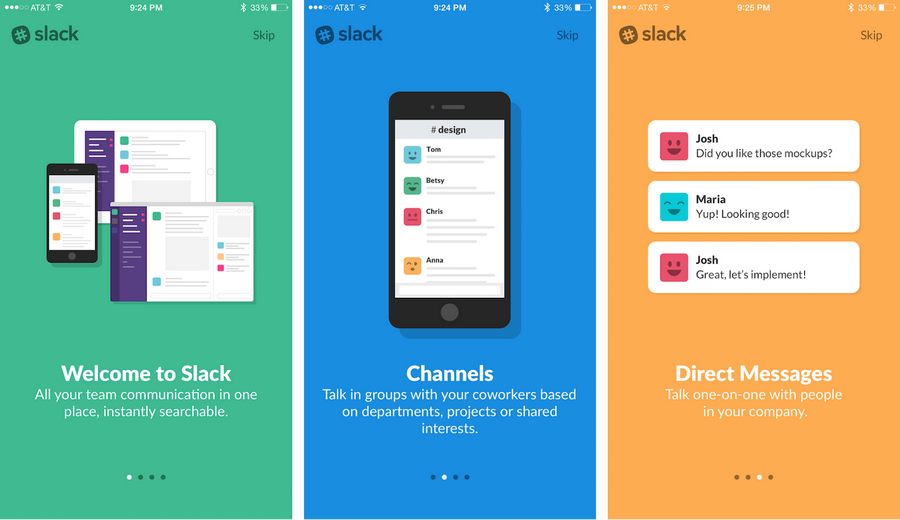

Streamline your software search with our Shortlist guide We broke the apps down by category based on user sentiment/recommendations and included a runner up for each category (e.g., software with fewer than five reviews but still well known in the medical industry). Per our inclusion criteria for this article, the software options below can each be used on a mobile device, have at least five reviews, and are specifically meant for practitioners (not patients).

In other words: These apps can help patients manage their own health and help healthcare practitioners facilitate and improve patient care. Food and Drug Administration, are software on a mobile device that function as an accessory to a regulated medical device or transform a mobile platform into a regulated medical device. With all this innovation, how do you sift through the plethora of patient and fitness-centered apps out there to find ones that are actually helpful in a clinical setting?Įasy. And healthcare data is projected to grow 36% through 2025. The telehealth industry will grow approximately 19% between 20. Mobile health (mHealth) is on track to be a nearly $300 billion market by 2025. Turns out, I’m not the only one who caught the health-tech bug early on in my medical career. Sure, drug identification software was available on my work computer, but when a patient asks “What’s this?” while handing you a white pill that looks like every other pill out there, you want to quickly double-check. When I was working at a pharmacy, using a mobile app for drug identification was key to my daily survival. That’s why we rounded up the top medical apps for doctors. Everyone is living in a mobile world, even healthcare workers.


 0 kommentar(er)
0 kommentar(er)
